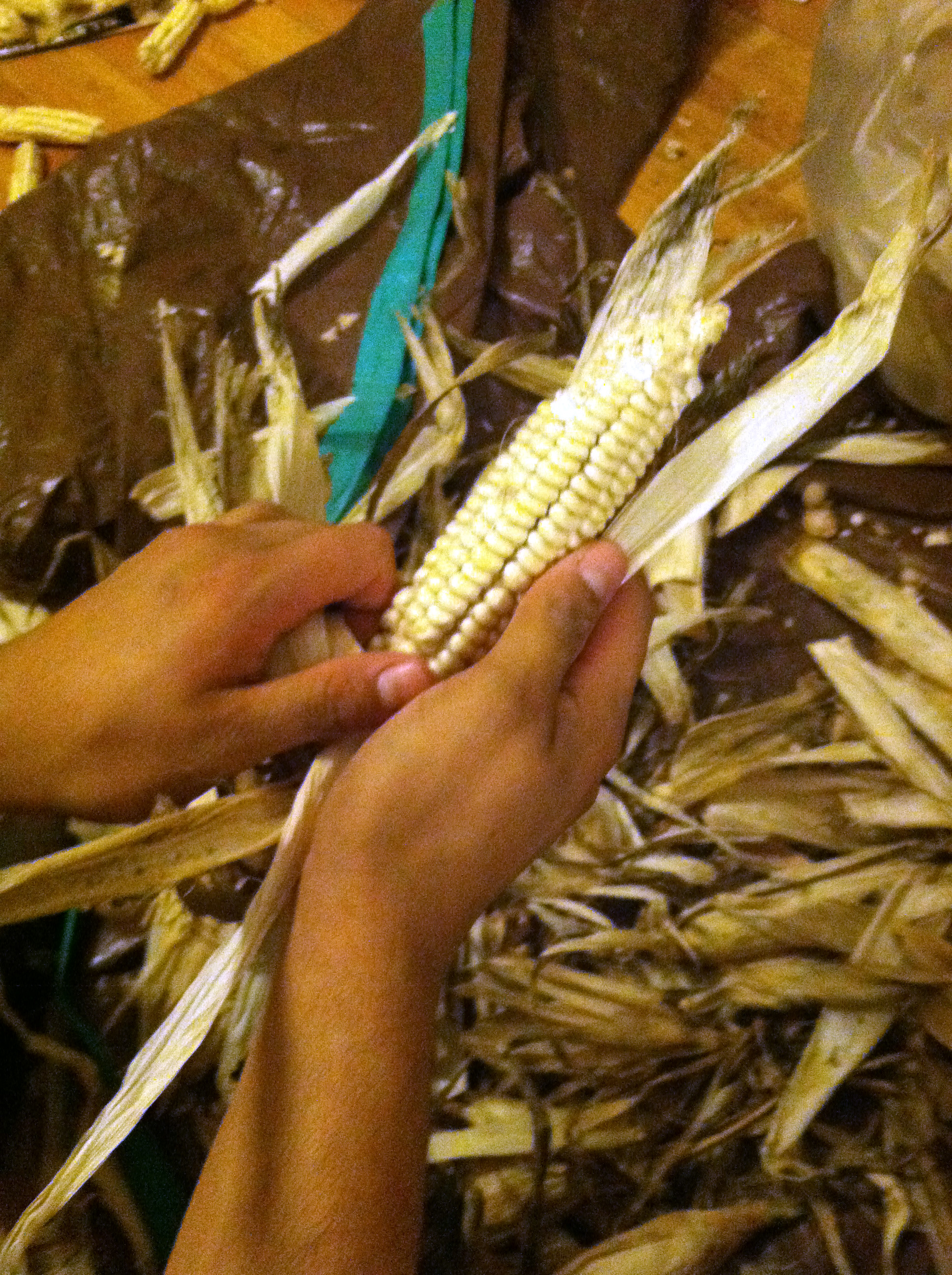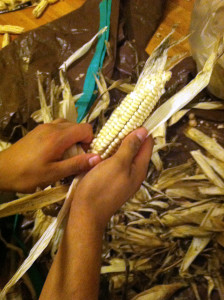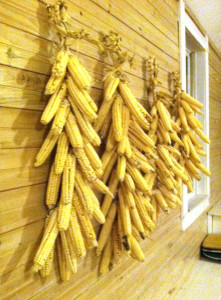
 We Onondaga have a certain way we like to do things. We keep our ceremonies going strong in the Longhouse, we like when we see our chiefs and clan mothers continue to work for the people, we cheer when our men play the Creator’s game, and we like our corn a certain way.
We Onondaga have a certain way we like to do things. We keep our ceremonies going strong in the Longhouse, we like when we see our chiefs and clan mothers continue to work for the people, we cheer when our men play the Creator’s game, and we like our corn a certain way.
Early springtime saw the Onondagas preparing our fields to planting time. One of our main foods we plant is oneñha, or corn. Oneñha is respectfully referred to as one of our three sisters as it was one of our original foods; the other two are beans and squash. We feel corn is a part of us because it has been planted by us since the Onondagas began to be.
When you hold the corn you can feel that it is special. When planting, we make sure there are no other varieties nearby to ensure our corn continues its special qualities. The kernels are white and the cob is long and slender. There is a bit of a tint of orange and red where the dried kernel meets the cob. We all recognize it right away as our oneñha.
This year, our crop has grown well. The fields are lined with beautiful yellowing stalks that have given us bushels upon bushels of corn. The community picked and picked. We were left with bags and bags filled with our corn.
But just like the Onondagas of long ago, we continue to have a certain way of keeping our corn dry and ready for preparation for soup, bread, or mush. Onondagas and our friends came to take turns to store the corn in the ways of our ancestors.
Before the American Revolution, Onondaga people filled long bark longhouses. Space was a premium in our home. So we stored our corn in braids which we could hang from the longhouse rafters. 
In 2014, we no longer live in longhouses. But the community has been storing our oneñha in dozens upon dozens of braids which we will hang in our homes, just like a certain way we always do.
And it feels good.
Da•ne’thoh,
Dehowähda·dih
